Digital marketing has revolutionized the marketing landscape, transforming our perception of the entire industry. As people increasingly immerse themselves in the digital realm, their engagement with traditional media and environments diminishes.
Platforms such as Facebook, Twitter, TikTok, and YouTube have become preferred channels, overshadowing the once-popular 6 o’clock news. Consequently, paid advertising campaigns have shifted online, with PPC marketing emerging as a prominent example of this trend.
In this article, we will go over the critical elements of PPC marketing, how to create a successful PPC campaign, what are social media sites to keep in mind, and how to be on top of the search engine result page. Online marketing is a complex thing, with a lot of topics to cover, so keep an eye out for new edits on our site.
Nevertheless, here are some of the critical elements to consider when thinking about getting into PPC marketing. Let’s dive in!
What Is PPC in Marketing?
PPC (Pay-Per-Click) is a digital advertising model where you pay a small fee every time someone clicks on the ad you have bought. You can buy this ad from the browser, ad platforms, social media sites, or whatever digital platform you prefer.
PPC marketing is concerned with bidding on specific keywords and targeting specific demographics to display the ads to the relevant audiences. The Pay-Per-Click system is then pretty simple to explain. If you have a good PPC strategy, you can program specific ads that will appear on the desired website you want, and if your ad speaks to people, they will click. For every click, you will be charged some sum of money that you have agreed upon.
How Does PPC Work?

The PPC advertising model is mainly used in order to get some traffic to your website fast. In this case, it’s all about clicks that you will pay for. Buying visits through this model is not something to be ashamed of.
It is based on actual online advertising, where an advertiser pays a certain amount of money to the website of their choosing, creates ads, sets the maximum bid, and here you have it – an ad is being displayed. If it’s interesting enough, someone will click it. Of course, you can do all kinds of shady things when it comes to pop-up ads, missing the “X” button, etc., but we will focus on the positive spin of the PPC. So, let’s dive in!
Set Up a Campaign
The first thing you need to do is to set up a campaign that you want to promote. Choose one of the ad networks that interest you the most, and find out how to implement your PPC strategies.
Successful campaigns with pay-per-click ads are based on the right keywords for the right audience, so keep that in mind when drafting your campaign.
Ad Auction
The next thing you need to do is to compete among the other subjects in the market for the top spot. What does it mean? Well, let’s say that someone Googles “cheap running shoes.”
Depending on what you have chosen as your target keywords and how much you have invested in your ad campaign, your copy will be presented or dismissed as a search result on the platform. Be sure then to create campaigns that will actually get you some ad clicks from interested individuals. The fight for the top spot is tight, meaning you may quickly lose to the competitors.
Ad Rank
The next thing that is being evaluated in this process is the ad rank. Every platform has a different way of going about it, but it’s essentially an evaluation of other factors, like bid amount, ad quality, and potential click-through rate that your ad can generate. Then, the ad rank determines which position your copy will get among the competitors.
Ad Display
If you win the auction, your ad will be displayed to the potential user in the ad space you have requested. It changes based on the platform and what you have chosen, so be sure to keep that in mind when searching for your ad.
User Engagement
If a user searches for, let’s say, those cheap running shoes mentioned before, it will show up on their search engine results page (SERP). Then, if the search ads are good enough, they will either click it or not. Cost-per-click will vary depending on multiple factors, like the bid maximum, the quality of the ad, the platform, etc.
Conversion
And finally, we have the conversion rate. Remember that the conversion rate will be rather low in most cases, as the majority of people on the internet are mostly browsing. If the customer gets to the advertiser’s website or landing page, the ad format will encourage them to take some action. This can be anything from signing up, becoming a customer, or following a social media account. Conversions are what is being measured when it comes to the return on investment and potential budgeting for the future.
PPC and SEO
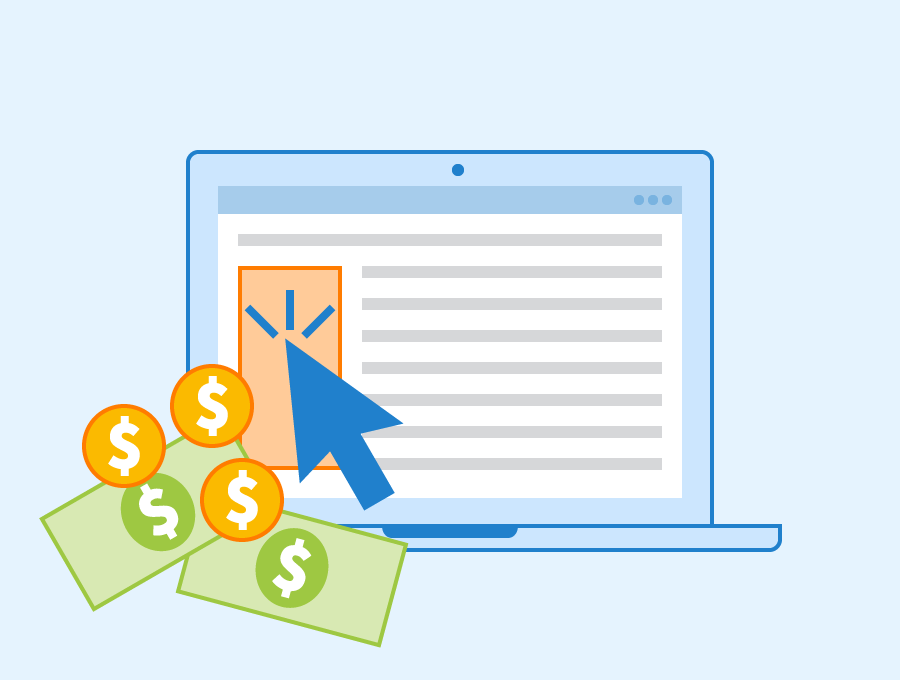
PPC and SEO are two sides of the same coin. The best way is to utilize both of them and not discriminate. PPC stands for immediate results, and SEO is the search page optimization long-goal. PPC is all about these dollar bills, SEO is the hard work and everyday grind. They could not be further apart, but yet they are so close. In this part of our article, we will go over the significant differences between PPC marketing and SEO and how they can complement each other in the end.
PPC
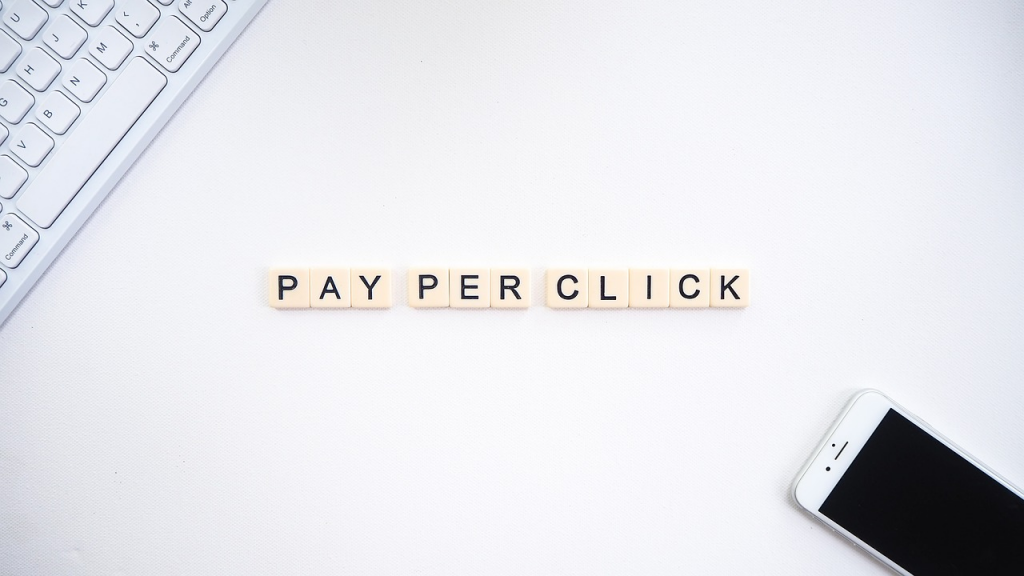
- Pay-per-click marketing utilizes different ad formats to gain traffic to the website or a landing page. Those ads are supposed to appear at the top of Search Engine Results Pages of the desired platform.
- You pay for each click you get to your website or landing page.
- Advertisers bid on specific keywords and pay a certain amount of money if someone clicks on their ad.
- The result is immediate. If you need to boost your stats or sell some products/services quite fast, it’s the way to go.
- You can precisely target your audience with positive and negative keywords.
- You can control your budget by setting the maximum amount of money you are willing to pay for a click and the whole campaign.
- You can see the results of your action with detailed analytics. That way, you will have high-quality data on the ROI of your campaign.
SEO
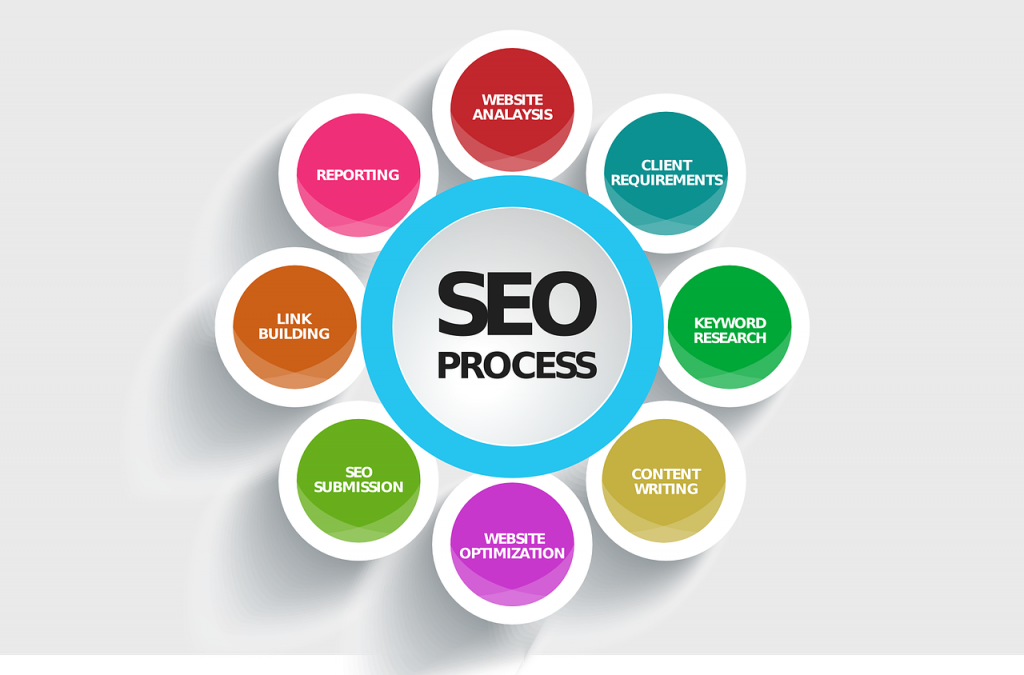
- SEO is mainly focused on optimizing the website’s content, how it is structured, and all the other off- and on-page practices necessary for a website to be visible in the SERP.
- The goal is to increase organic traffic in the long run so that people would click on the website’s link of their own will rather than because someone put it in front of them.
- There are plenty of elements that go into optimizing a website, from how you research keywords, link building, technical SEO, content creation, and many other elements.
- SEO doesn’t work overnight, and the search engine takes time to show results. It’s different with paid search, where results are instant.
- There are no additional costs per click.
- SEO optimization can not only get you some clicks but position your site in the long term, improving brand awareness and setting you as one of the industry leaders.
Why not Both?
In the end, the best thing you can do is to utilize all the things you have in your arsenal. So, it’s always best to combine SEO and PPC tools in order to get a quality score from search engines and social media platforms. Here are some interesting reasons why.
- Better Visibility — with instant visibility of PPC ads and long-term work of SEO, you can fill up the middle and the end of your marketing road.
- Both PPC and SEO are heavily relying on keyword research, complementing each other well. If you run a PPC campaign, you will quickly notice what works for your company and what does not work when it comes to the relevant keywords. SEO research can help you out in finding those and, in reverse, the ones that have been working well in your PPC campaign can influence your SEO efforts.
PPC Keyword Research
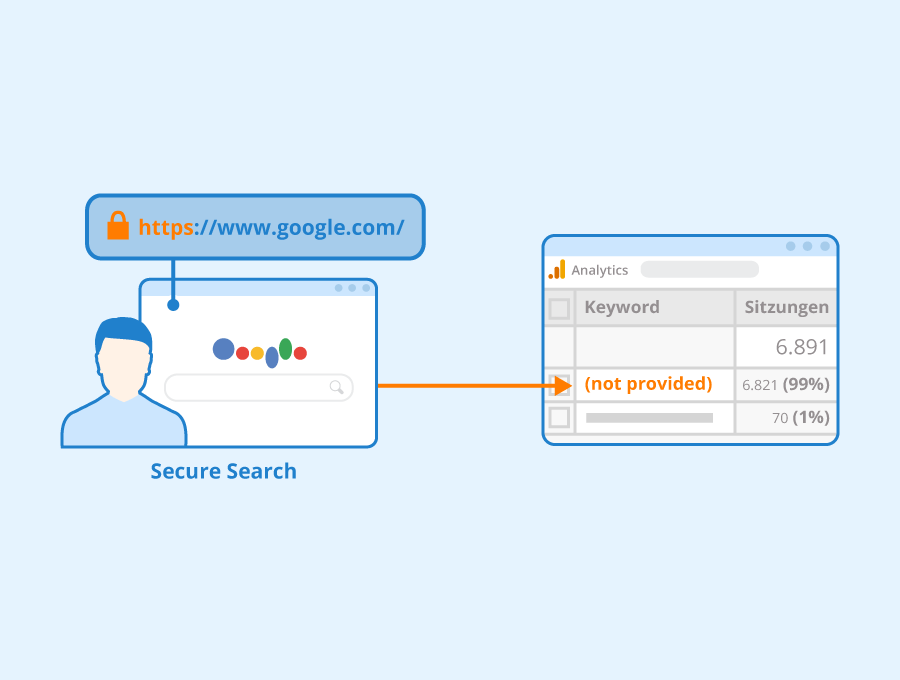
So, now that we know what we are talking about, let’s go over the essential element of every PPC campaign – keyword research. Whether you need some social ads or you want to boost your Google analytics, PPC is a form of great testing ground for your ideas.
Thinking of different keywords people use to find your product can benefit you greatly in many other aspects of your business – from marketing through PR, ending with manufacturing. Finding the right keywords for your particular business is crucial if you want to succeed with your company. Let’s go through the details of performing good keyword research.
Find Your Target Audience
First of all, you need to find your target audience. You must adopt different approaches regarding your audience, whether it’s a group of young, lonely men or some older, wealthy ladies. Think about what the people in your target group may expect. How will they use your product, and what will they type in to find it?
Keyword Research Tools
Use research tools to find even more keywords than your everyday Joe can. Programs like SEMrush, Google Keyword Planner, and Ahrefs can help you out in your research and get you on the right track. Additionally, they will provide you with additional information on the keyword search volume and potential suggestions you may have when it comes to competitors’ keywords.
Analyze the Competition
Speaking of competition – be sure to see what the other competitors are doing to drive website traffic. Create a keyword list of the most searched competitors and compare it with what you have come up with. Be sure to cover everything they have, plus your unique ideas. That will ensure your campaign’s success.
Review and Reform
Next, review your list and subtract all the keywords that are just outlandish. And there will probably be a lot of those. Focus on those with high search volume, specific ones, so that you can get better quality scores.
Keyword Match Types
Keywords have different match types, so keep that in mind when creating your ads. You will have to adjust it accordingly depending on your needs and the relevant keywords for your particular situation. For example, you may use running shoes as an exact match, but it will limit the scope of your potential clicks. Sometimes people type in “jogging shoes”, sometimes they search for shoes for running, shoes for run, etc. Be sure to understand the difference when it comes to search queries.
Continuously Optimize
Monitor and optimize your performance continuously. You will never know which keywords will be the ones to be chosen, so be sure to monitor the performance of your PPC campaigns and adjust the strategy accordingly. Each platform will have different ways of finding keywords, and if you don’t want to waste money, be sure to learn about their practices.
PPC Platforms
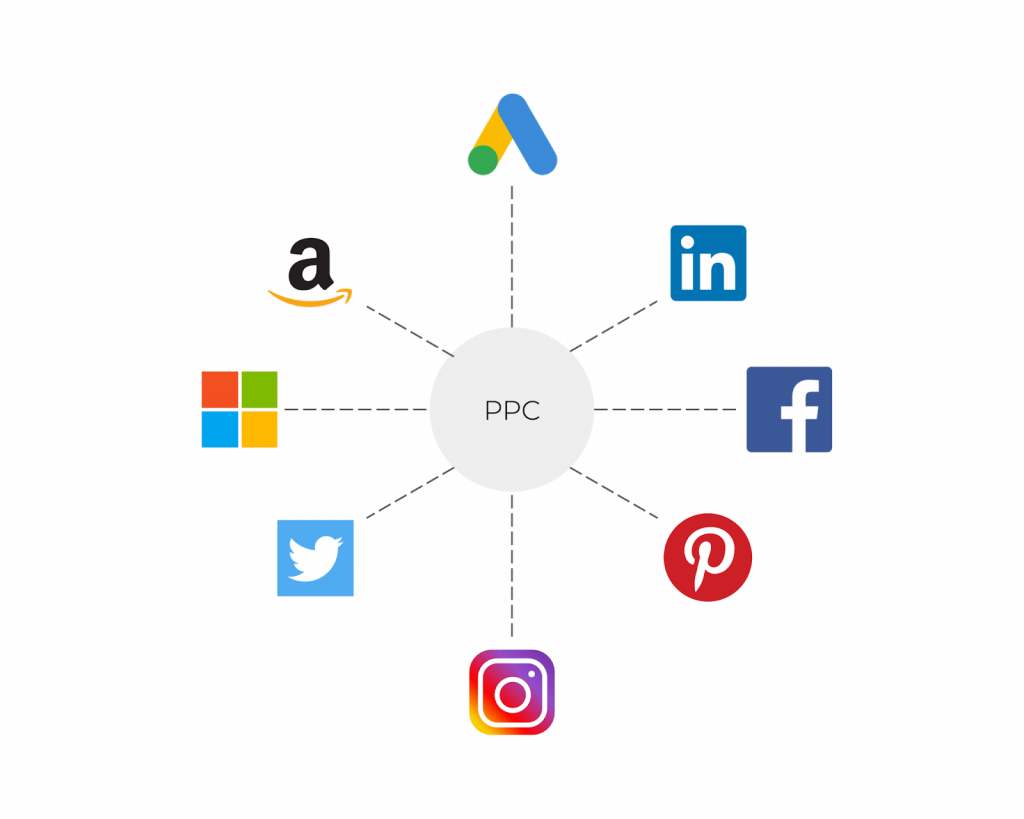
So, now that we know a little bit more about PPC, let’s go over the most important platforms for using this strategy. Of course, there are plenty of other places to promote your products and services, but those are the most common ones with the broadest reach.
Google Ads
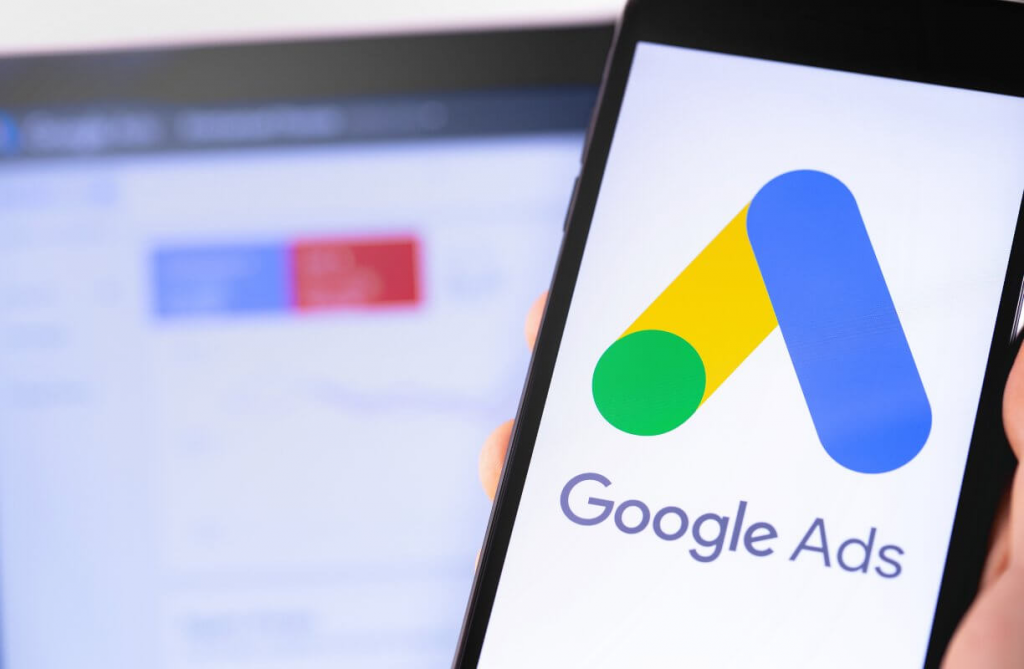
It’s likely the most important one on our list, and we will go into it more in the further part of this article. Google Ads, formerly Google AdWords, changed the market for good. With highly specific ads that provided excellent results, it was just a matter of time before they became increasingly popular with every search. And, considering that Google also owns YouTube, you will be more than happy with their offer. Of course, the prices are astronomical, but so are the results.
Microsoft Advertising
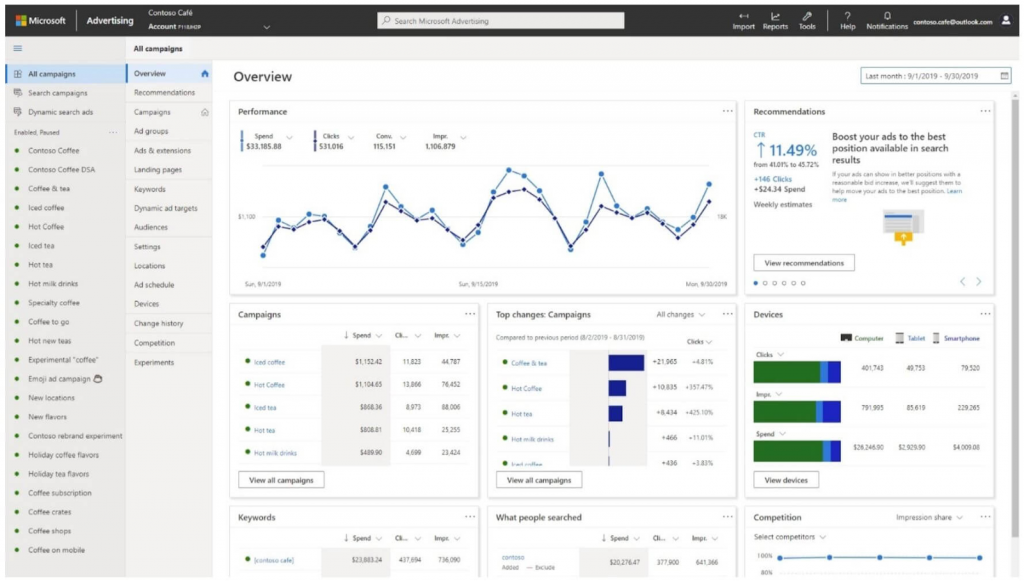
Next, we have Microsoft Advertising, also known as Bing Ads. Unfortunately, Bing does not seem to come even remotely close to what you need regarding some good search engines, but with the recent implementation of Artificial Intelligence – who knows what will happen? It’s also cheaper than Google Ads, so if you want to find something more suitable for your company, this may just be the thing for you.
Facebook/Instagram Ads
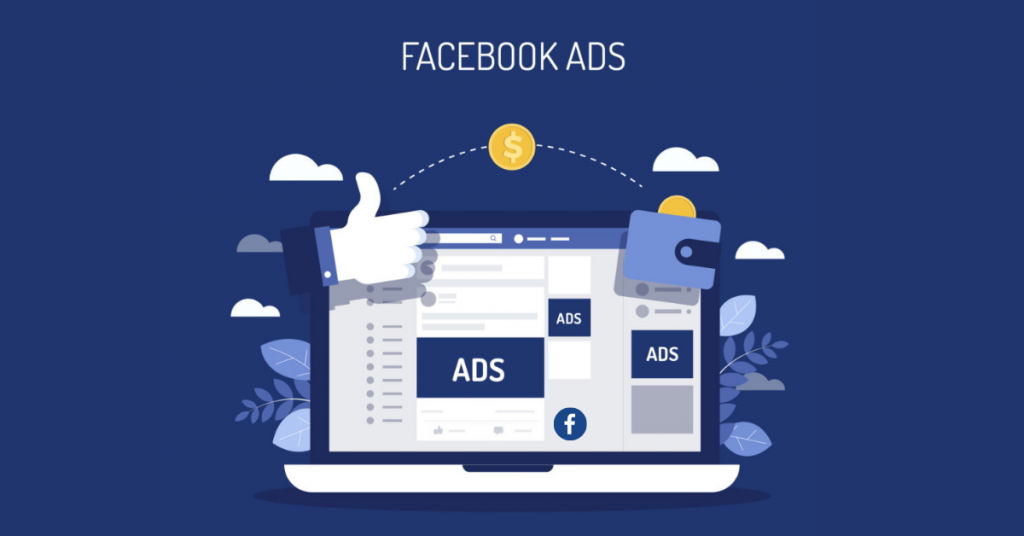
And here we have the social media platforms. Regarding PPC marketing, they are instrumental and can provide you with many different ad formats. Facebook and Instagram are especially beneficial as you can create many ads and precisely target them toward your key audience. Let’s just say that the effectiveness of those ads has been proven by political groups worldwide, so we can probably say that it works pretty well.
Twitter Ads
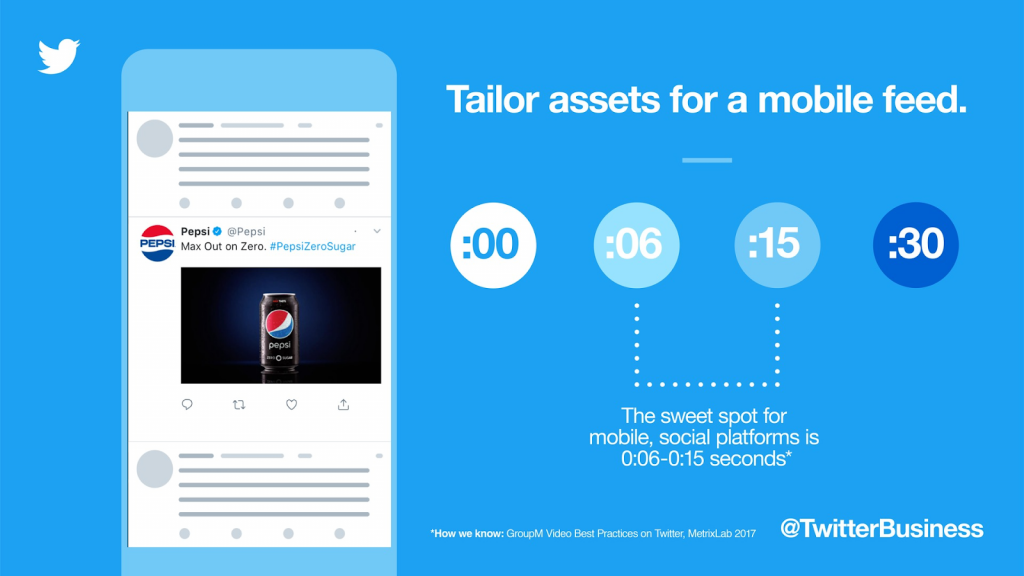
Next up, we have the Twitter Ads! One of the biggest and most used social media platforms worldwide. You need to know a couple of things about Twitter ads before jumping in. First, with Elon Musk’s backing, we can safely assume that they will not go away soon. Additionally, you can get an enormous reach with Twitter Ads, as the Twitter feed is so fast that a glimpse of your ad can be noticed by a substantial amount of people all over the globe. So, if brand recognition is something that you’re all about – it’s the platform for you!
LinkedIn Ads
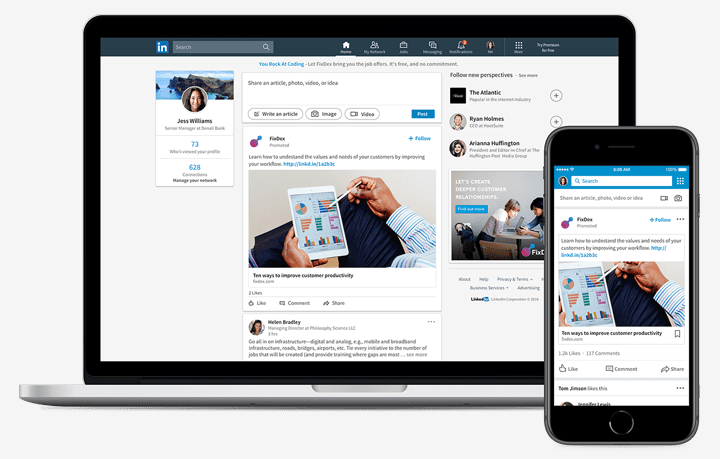
LinkedIn Ads are something completely different. In this case – you have a highly professional environment with a business-focused audience with their real names and occupations. So, buying an ad on LinkedIn is much more expensive than those other two platforms. Fortunately, it’s great for creating some high-quality content and connections, so if it’s something you are considering – then LinkedIn is something for you!
Amazon Advertising
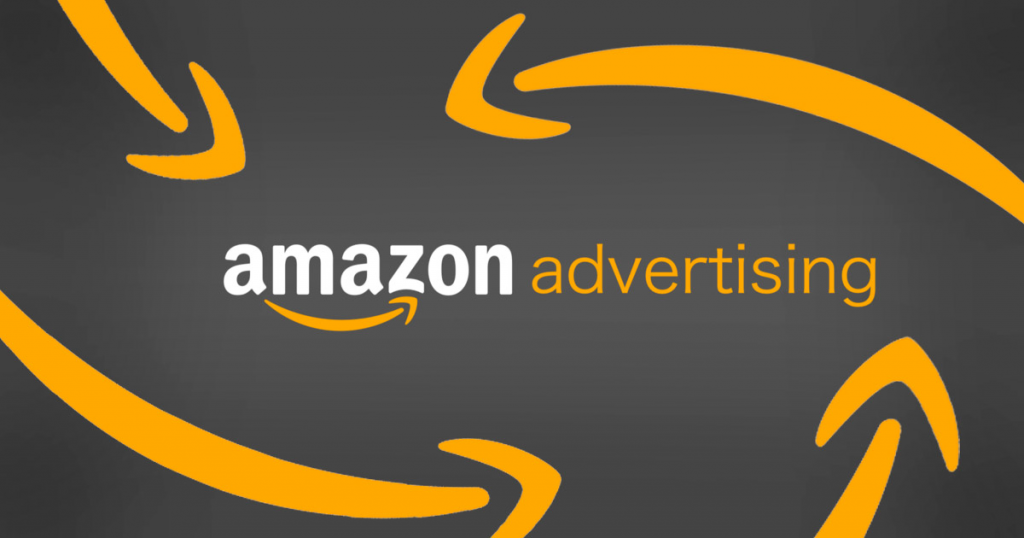
And finally – Amazon advertising. As it is the biggest platform for selling and buying things, it would be no surprise that you can promote your products and services on the Amazon marketplace. Those would entail all the sponsored product ads, brands, display ads, and increasing the visibility of your products and services. With the correct setup, you can do a lot of damage with those, so be sure to utilize them in your marketing.
How To Create a PPC Campaign?
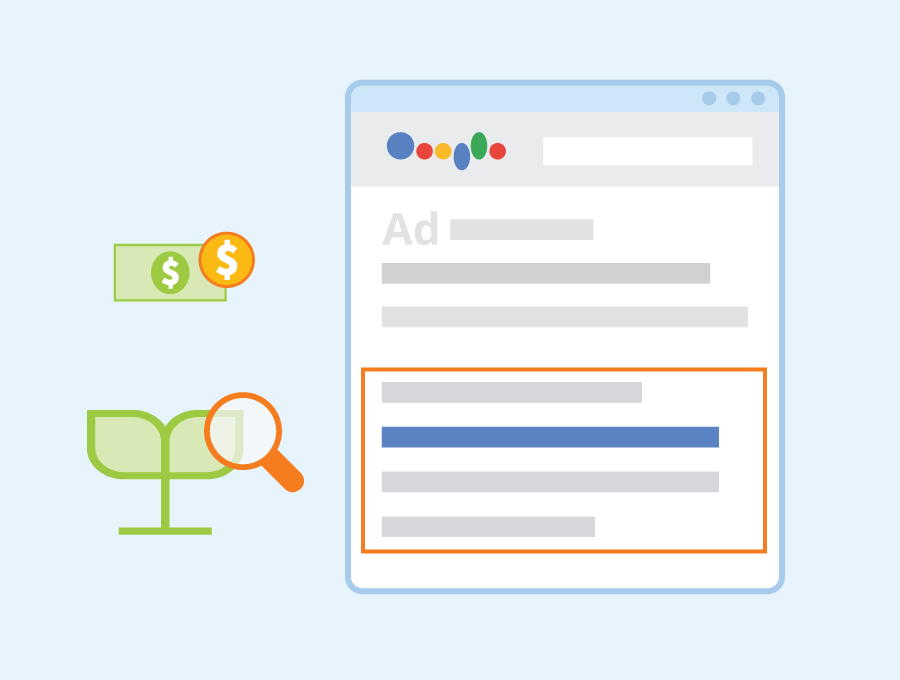
If you want to create a successful PPC campaign, you need to include some essential key elements to ensure your ad will succeed. Adjust those elements to your needs when creating an ad for your business.
Define Your Objectives
First of all, you need to define your campaign objectives. Answer the following question – what exactly do you need? Do you need more website traffic? Do you want more leads? Do you need some customers? Or maybe you just want them to follow your social media? You can set plenty of objectives yourself, so be sure you have chosen the right ones for you.
Find Your Target Audience
To effectively identify your target audience, it is crucial to gain a deep understanding of their interests, behaviors, geographic locations, socioeconomic status, and aspirations. By comprehending what drives them and their desired life outcomes, you can tailor your marketing efforts to resonate with their needs.
Find Relevant Keywords
The next thing to do is to find the right keywords for your project. It’s one of the most essential elements, as it can make or break your chances at the ad auction. Regarding search results, your ad will show up if someone types in the keywords you chose with your team. Of course, you can widen this search with specific keyword match types, but you need to find the essence of the search by yourself.
Creative Ad Copy
Next, you must create an exciting ad copy to lure your audience into clicking your ad. Be sure to highlight some good selling points of your product or service and add a little call to action at the end of it. Some people need some encouragement in that department. With a well-drafted campaign, you will be able to get lots of people interested in your product. That will increase your conversion rate and help you get more people interested.
Bid Management
Next, draft your bid management and optimize your campaign goals. Monitor and adjust the bids accordingly to the ad placement and find out how to do it in the top PPC platforms. Sometimes social media or search engine platforms will help you in that process.
Optimize Your Landing Page
Ensure your landing page is optimized for user experience and aligns with what the ad copy states. Those can be anything from quality content through good imagery, an easy-to-navigate website, and a call-to-action.
Conversion Monitoring
The next thing to keep in mind is the constant monitoring of your campaign’s conversion rate. Those would mean all the purchases, sign-ups, and other elements that you wanted to get from creating a PPC marketing campaign.
Ad Extensions
Additionally, utilize all the ad extensions that will help you enhance your reach and provide the users with additional knowledge about your product. Those could be anything from site links, call extensions, and whatever is the common practice in your business. Remember that different ads will have other possibilities, so keep a close eye on what is possible in a particular format.
Optimize!
And finally – optimize, optimize, optimize. The most important thing you can do is constantly optimize your click-through rates, improving your performance and creating an even better customer experience. Be sure to make data-driven decisions! With so many critical metrics, you can quickly see what works and what does not. Test different combinations, check if other formats would be appropriate for this particular line of work, and have fun!
How to Utilize Google Ads for PPC Campaign?

Let’s now go over the most crucial platform for this particular type of marketing – Google Ads. There are plenty of ways to go about it, but we will provide you with some basic knowledge on how to start and what to do with your first-ever Google Ad. Monitor if everything works according to your set standards continuously, and let’s dive in!
Create a Google Ads Account
- The first thing you need to do is to create a Google Ads account. Go to Google Ads (ads.google.com) and sign in with your Google account.
Define Your Objectives
- Next, you need to identify your PPC campaign objectives, as we have stated many times before.
Create a New Campaign
- Next, click the “Campaigns” tab and select the “+” button to create a new campaign.
- Here, you will need to choose your campaign goal. Those can be anything from higher traffic, brand awareness, and general leads.
Campaign Settings
- Next, you need to adjust your campaign settings. Those would be the name of your campaign and the place where it is supposed to be appearing.
- Additionally, you will have to define your location targeting, language preferences, and bidding strategy – manual or automated.
Budget and Bidding
- Next, determine your daily budget and cost-per-click bid. Be sure not to go overboard, as Google will quickly eat it up, but also – don’t sell yourself too short, as no one will ever see your efforts.
Relevant Keywords
- After that, put in the keywords you have chosen with your team. You can use Google Keyword Planner to discover keywords related to your products or services and optimize your campaign.
Ad Groups
- Next, you will need to group your keywords into ad groups. It will help you to organize your campaign.
- Be sure not to limit yourself to only one campaign, but choose many different ad groups to help you in the long run.
Create Ad Copy
- Finally – create an excellent ad copy that everyone will want to click on. It can be something as basic as calling us – we are here for you, to rather complicated video ads with a high budget. Whatever it is, engage your audience and add strong calls to action.
Ad Extensions
- Utilize the ad extensions we have talked about before. Those can get you far regarding linking and contacting your target audience.
Launch Your Campaign
- Review everything and if it seems like it’s just like you have imagined it – close the project and click the “Launch” or “Save and Continue” button to activate your PPC campaign.
Review and Optimize
- Monitor your ad and see if it needs some adjustments throughout its lifetime. Analyze the key metrics, especially the conversion rate and cost per conversion.
- Finally – be sure to make data-driven optimizations by adjusting bids, adding or removing keywords, and testing different ad formats and targeting options.
PPC in Marketing – Conclusion

Thanks so much for stopping by to read our article on PPC in marketing. As we have seen time and time again, it’s a great way of boosting your chances when it comes to having a broader reach in this modern, digital world; PPC presents a unique opportunity to have targeted, measurable, and immediate results so it presents itself as a great asset to most companies on the market. Whether you are a shoe shop in Texas or you have a hair salon in Romania, PPC will help you grow your business; it’s a guarantee.
The worst thing about this program is probably the cost of it, as it is not cheap to buy a Google or Facebook ad that will do some quality damage to your competition. The most important thing to optimize those costs is to tailor your ad to your target market. You also need to set yourself an objective that you want to fulfill. Whether building brand awareness, driving sales or traffic to your website, PPC will help you accomplish that.
Additionally, as it can be a good start and boost for your optimization work, complement it with good SEO practices. Those two work together well, and with a well-drafted campaign, you will likely advance in this competitive market.
We predict that PPC marketing will only grow, so if you want to include this marketing strategy in your efforts – this is the right time to do so. Additionally, successful PPC campaigns can grant you some insight into the details of your competitors and how to optimize your company as a whole. You will understand what people click on and why they do it. And that data is precious these days.
That will be it from us for today; thank you for stopping by; we will see you in the next one!

A PPC specialist who started with organic social media. For several years, the core of his activities are:- Google Ads, Microsoft Ads, Meta Ads, TikTok Ads, Twitter Ads, Linkedin Ads. He has led campaigns with a global reach, e.g. for FootballTeam, G2A, ETOTO, as well as many smaller campaigns in the sports, construction and financial industries. Has full focus on ROAS. Privately, a fan of football, history of wars and Star Wars.

